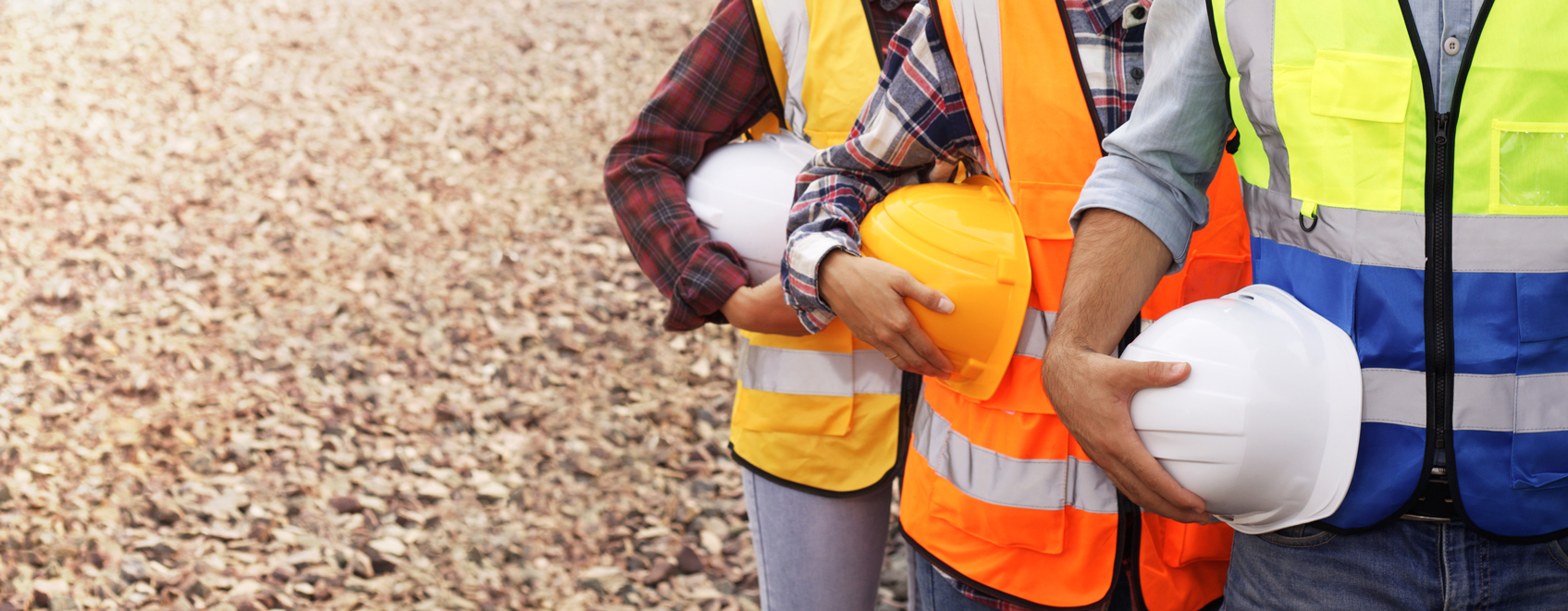How to reduce trips, slips and falls on construction sites

Those in construction know they must be on their toes, as a misstep can quickly become a workplace injury. It's no coincidence that the construction industry accounted for nearly half of all fatal slip, trips and falls annually, according to a Bureau of Labor Statistics 2020 report.
While workers know their job comes with some inherent risk, it's ultimately up to the contractor and construction companies to ensure a safe job site. Doing so not only prevents injuries and deaths but keeps operations running smoothly and avoids costly workers' compensation claims.
Here are a few tips from UFG's Risk Control experts on how you can reduce slips, trips and falls on your construction site.
1. Keep walkways clear
Before a single worker’s boot hits the ground, ensure you’ve laid out walkways for workers. These paths should be obstacle-free to maintain a smooth, safe flow of movement. That means keeping them free of:- Heavy equipment traffic (bulldozers, mixers, cranes, etc.).
- Building materials (lumber, concrete blocks, scaffolding, etc.).
- Cords and cables (extension cords, connectors, chargers, etc.).
Hazards that cannot be removed, like holes, should be blocked off or covered in some way. This includes drains, chutes, manholes and skylights. Per OSHA, “covers shall be capable of supporting without failure, at least twice the weight of employees, equipment, and materials that may be imposed on the cover at any one time.” Covers should be secured and marked with the word “Hole” or “Cover”.
Those supervising the project should let workers know that keeping these pathways clear is an expectation. Job sites can still get messy. So, ensure someone is tasked with routinely surveying walkways for potential hazards.
2. Protect vertical movement
Even though workers are interacting with dangerous and often powerful equipment, over one-third of fatal job site injuries are falls to a lower level. It's critical that workers secure their movement, whether climbing a 10-floor building or down to basement level.Use proper equipment
Vertical movement often involves ramps, stairs and ladders, and safety depends on a solid setup. Ensure ladders are manufactured to support your weight, ramps are properly cleated and stairs are evenly spaced with proper guardrail systems installed.
A lot of trust is put into this equipment, as it is meant to support your body weight while you work. With that in mind, inspect vertical movement equipment for worn or damaged components every time you use it. If you do notice issues, don’t use the equipment and have it removed from the jobsite.
Use equipment properly
It’s not enough to use quality equipment when moving high and low; you must also use it safely. While each piece of equipment and situation calls for different procedures, here are some best practices:
- Ensure ladders extend 3 feet above the edge of an excavation.
- Maintain three points of contact on ladders.
- Secure ramps and make sure there are no gaps between surfaces.
- Keep ramp angles low.
- Always hold handrails on stairs.
3. Be ready for wet conditions
When your job site is hit by rain or snow, slippery surfaces become a prime concern. While we advise pausing production in extreme weather conditions, there are ways to work safer when moisture is present.- Create proper drainage. Grade the job site to slope away from the construction area. This will prevent water from pooling.
- Remove or cover mud. Where there’s rain, there’s mud. Clear mud from equipment steps, ladder steps, ramps and machines to keep them as dry as possible. If walkways appear muddy, lay down gravel.
- Bring in lights. Adequate lighting should be installed to ensure that workers can safely navigate the site, particularly in rainy or foggy conditions.
- Provide protective gear. Workers should be provided with PPE, such as waterproof jackets, boots and gloves to ensure they keep dry.
Have further questions about how you can lower your worksite’s trip, slip and fall risk? UFG Risk Control consultants can help evaluate your site safety protocols and implement the industry's best practices. UFG insurance agents and policyholders, contact our risk control staff at 800-828-2705 or email us at riskcontrol@unitedfiregroup.com for assistance.

